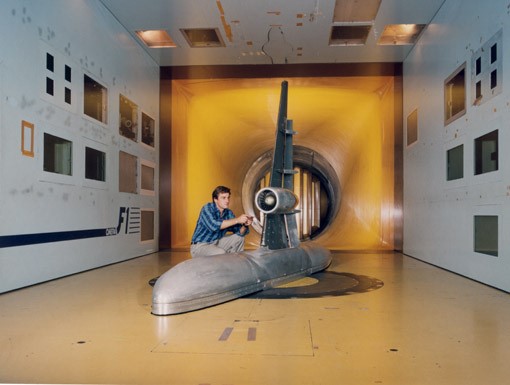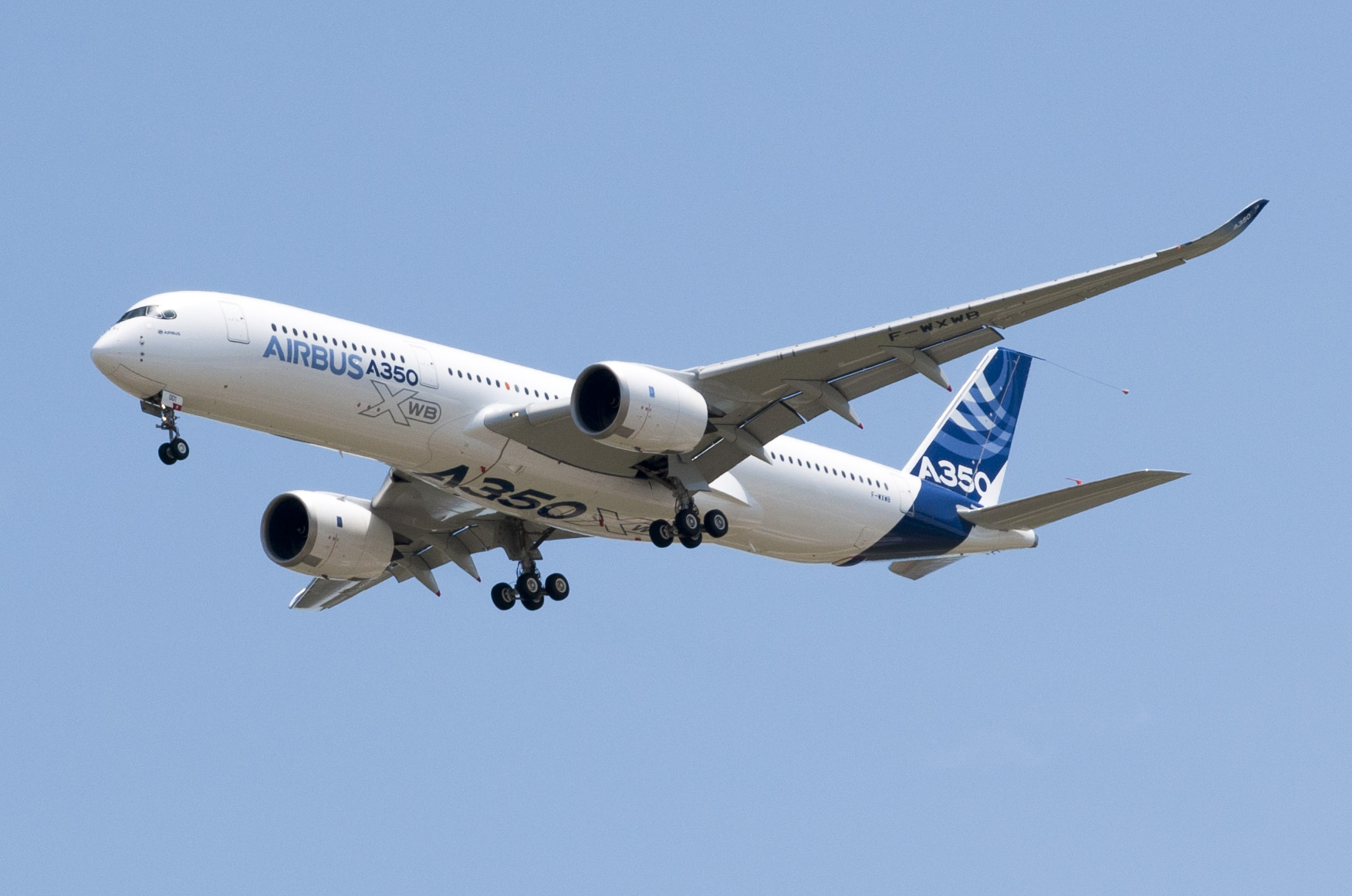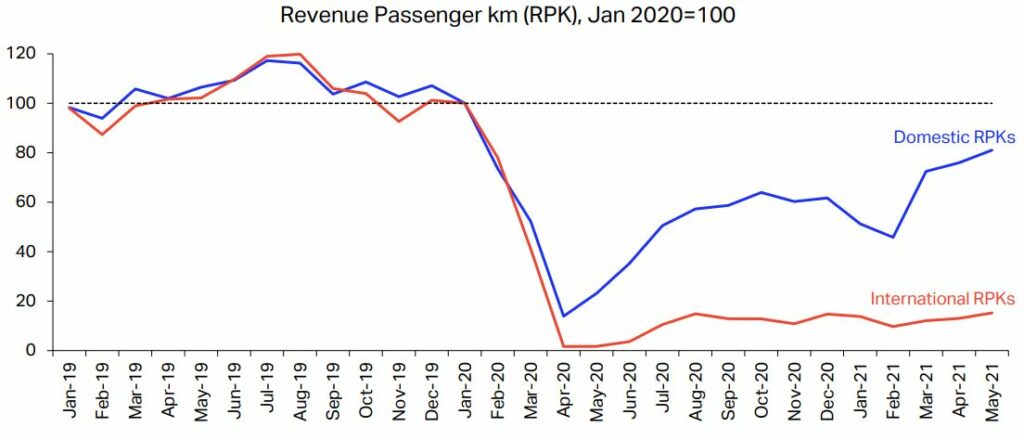Leeham News and Analysis
There's more to real news than a news release.
HOTR: About those 737 MAXes in inventory….
By the Leeham News staff
July 29, 2021, © Leeham News: Boeing said yesterday that it delivered about 130 737 MAXes since the recertification of the aircraft last November.
It won’t reveal exactly how many came from the inventory of nearly 450 airplanes that were produced but which went straight into storage during the grounding.
Filings with the Securities and Exchange Commission paint a misleading picture.
At December 31, Boeing reported that there were about 425 MAXes in inventory. At March 31, this figure was 400. On June 30, the number was 390. The aggregate reduction is 60, suggesting 70 deliveries were new production airplanes.
Not so, as it turns out.
A history of jet freighter aircraft
Subscription Required
By Vincent Valery
Introduction
July 29, 2021, © Leeham News: Last week, LNA compared the performance of the 777F against the A350F, launched today. As a follow-up, we thought it relevant to look at the history of freighter aircraft derived from passenger jets at the major OEMs.
Shortly after the dawn of the jet age, Boeing and McDonnell Douglas started selling freighter variants of their 707 and DC-8, respectively. Most aircraft families developed later at both OEMs would receive a freighter variant in one form or another.
We will stick for our analysis to Freighter aircraft delivered off the assembly line at the world’s Western OEMs: Airbus, Boeing, Lockheed, and McDonnell Douglas.
Summary
- What is a Freighter aircraft?
- A minor but worthwhile market after initial euphoria;
- Single-aisle against twin-aisle;
- A Queen of the Freighters;
- An OEM’s fortress is another’s weakness.
(Updated with CEO comments) Boeing ekes out profits in 2Q, 1H; BCA continues loss
July 28, 2021, © Leeham News: The Boeing Co. today reported a slim profit for the second quarter and first half of 2021. But Boeing Commercial Airplanes still is in a loss-making position, though considerable progress was made in reversing losses for the past two years.
Boeing did not take a forward loss on the 787 program, as feared in some quarters (but not LNA). Due to halting deliveries because of a production issue, Boeing lowered the production rate below 5/mo, to an unannounced figure, leading some to speculate the company would take a forward loss today.
LNA learned the rate might go as low as 2/mo for some weeks.
The press release is here. Boeing’s earnings call will be at 10:30 AM EDT. The webcast may be heard here. The earnings call presentation is here.
Major upcoming carrier re-fleetings
Subscription Required
By Vincent Valery
Introduction
July 26, 2021, © Leeham News: As passenger traffic in the USA recovers, carriers’ operating cash flow turned consistently positive. With increased confidence in a sustainable passenger recovery, some airlines started ordering or purchasing planes again.
LNA outlined in a previous article that the pace of passenger traffic recovery differs significantly by region and country. Several domestic markets, notably China and the USA, are back to levels approaching those seen in 2019. Other markets, notably intercontinental or intra-Asia travel, remains depressed.
The carriers that placed large orders undoubtedly did so to capitalize on favorable pricing from OEMs and cheap financing. However, behind the headline-grabbing order figures lie that their fleets are aging fast and had under-ordered in previous years.
LNA singles out in this article the carriers that will have to place sizable orders to rejuvenate their fleets in the next five years, considering regional factors.
Summary
- The 40,000 feet view of re-fleeting needs;
- US carriers lead in old metal needing replacement;
- Potential acceleration of replacement plans in Europe;
- Lower near-term replacement needs in Asia-Pacific.
Pontifications: Earnings previews for Boeing, Airbus
July 26, 2021, © Leeham News: Boeing and Airbus report second-quarter/first-half earnings on Wednesday and Thursday, respectively.
Boeing continues to have a rocky year. Although 737 MAX deliveries and production are picking up, 787 deliveries remain suspended. There are now more than 100 787s in inventory, with deliveries largely suspended since October. Production anomalies required rework and inspections combine to suspend deliveries.
The Federal Aviation Administration wants more detail about Boeing’s inspection and rework program. Even though the FAA restored on June 19 to Boeing what’s called “ticketing” authority to certify individual aircraft, the airplanes remain undelivered. The FAA continues to retain ticketing responsibility for the MAX deliveries.
Bjorn’s Corner: The challenges of airliner development. Part 13. Later in the Prelaunch Phase
July 23, 2021, ©. Leeham News: Last week, we went through the initial tasks in the Prelaunch Phase. We talked about Sales and Marketing activities, initial Concept development, and first Supplier contacts.
Now that time has passed, we are three quarters into our Program Plan (Figure 2), and we have to refine our Concept, select Suppliers, and dig deep into how to get Certification.
How good will an Airbus A350F be? Part 2.
Subscription Required
By Bjorn Fehrm
Introduction
July 22, 2021, © Leeham News: Last week, we compared the probable data for an Airbus A350 freighter with the market-leading Boeing 777F. We found the 777F is a heavy-duty freighter with a very high payload capability.
Airbus has to use the A350-1000 toolbox to design something similar. The aircraft would be shorter than a -1000, however, to optimize its efficiency. How much better in efficiency than the 777F would it be? We put both in our performance model and fly them from China to the US.
Summary
- An Airbus A350 freighter has to come close to the 104t payload of the 777F.
- Can it do that, it has convincing economics compared with the 777F.
De-carbonisation of air transport is ON
By Bjorn Fehrm
July 20, 2021, © Leeham News: Last week was a game-changing week for air transport. Three events synchronized to trigger it.
EU presented 13 policies to achieve net-zero greenhouse gas emissions by 2050 with concrete steps in-between. On the same day, the airframe and engine OEM’s CTOs said in a Farnborough Connect webcast: “It’s a commitment problem, not a technical problem to achieve the EU goals.”
This happened against a backdrop of European floodings, which made all discussions about climate change or not moot. Super-organized Germany lost over 100 persons to typhoon like rains, never seen before, that produced scenes like these: https://twitter.com/Aviation_Intel/status/1416215953080205321?s=20
Pontifications: Two re-fleeting campaign give Airbus and Boeing each an edge
July 19, 2021, © Leeham News: There are two re-fleeting campaigns coming up that are significant and in which Airbus and Boeing each have the incumbent advantage.
The successor to Alitalia, Italia Trasporti Aereo (ITA), will restructure with a single aircraft provider. Airfinance Journal reported last week that ITA will begin operations with 52 aircraft: 45 single-aisle airplanes and seven twin-aisle aircraft, drawn from the Alitalia fleet. Another 26 aircraft will be added in 2022.
Airbus is the dominant incumbent aircraft provider. There are 12 Boeing 777 Classics that were with Alitalia.
This competition should be Airbus’s to lose.
Global airline recovery: LNA’s view shifts from traffic to revenue, but our timeline hasn’t changed
Subscription Required
By Judson Rollins
Introduction
July 19, 2021, © Leeham News: A year ago last week, LNA published what might have seemed an apocalyptic call: global airline passenger traffic would not recover until 2024 at the earliest – and potentially not until 2028.
Early trends and forecast revisions by other parties point to the earlier half of our window. However, one major downside surprise has been an increasingly bifurcated world for airlines as demand returns at widely uneven rates by region and passenger segment.
Air travel is undergoing a “K-shaped recovery” like the global economy, with fairly obvious delineation between winners and losers. The upper leg of the “K” represents countries with large domestic markets, leisure travel, short-haul routes, and low-cost carriers.
The lower leg applies to developing countries, international traffic, business travel, long-haul routes, full-service airlines – and most airline suppliers.
In hindsight, our prediction probably answered the wrong question, because the key driver of renewed profitability and future investment in commercial aviation isn’t the recovery of airline traffic, but revenue. The many changes to business and long-haul travel make revenue more difficult to forecast, but it will clearly be even slower to return than traffic.
Most industry forecasts don’t call for airline traffic to fully recover until 2024 or 2025, even if large domestic markets recover sooner. That means airline revenue – and profitability – will still be hampered until late this decade.
Summary
- Advanced and developed economies are on widely divergent economic trajectories.
- Global travel recovery statistics are distorted by a couple of large domestic markets.
- Vaccine rollout and documentation issues are likely to keep borders closed for longer.
- Revenue recovery matters more than volume, both to airlines and the aviation supply chain.









